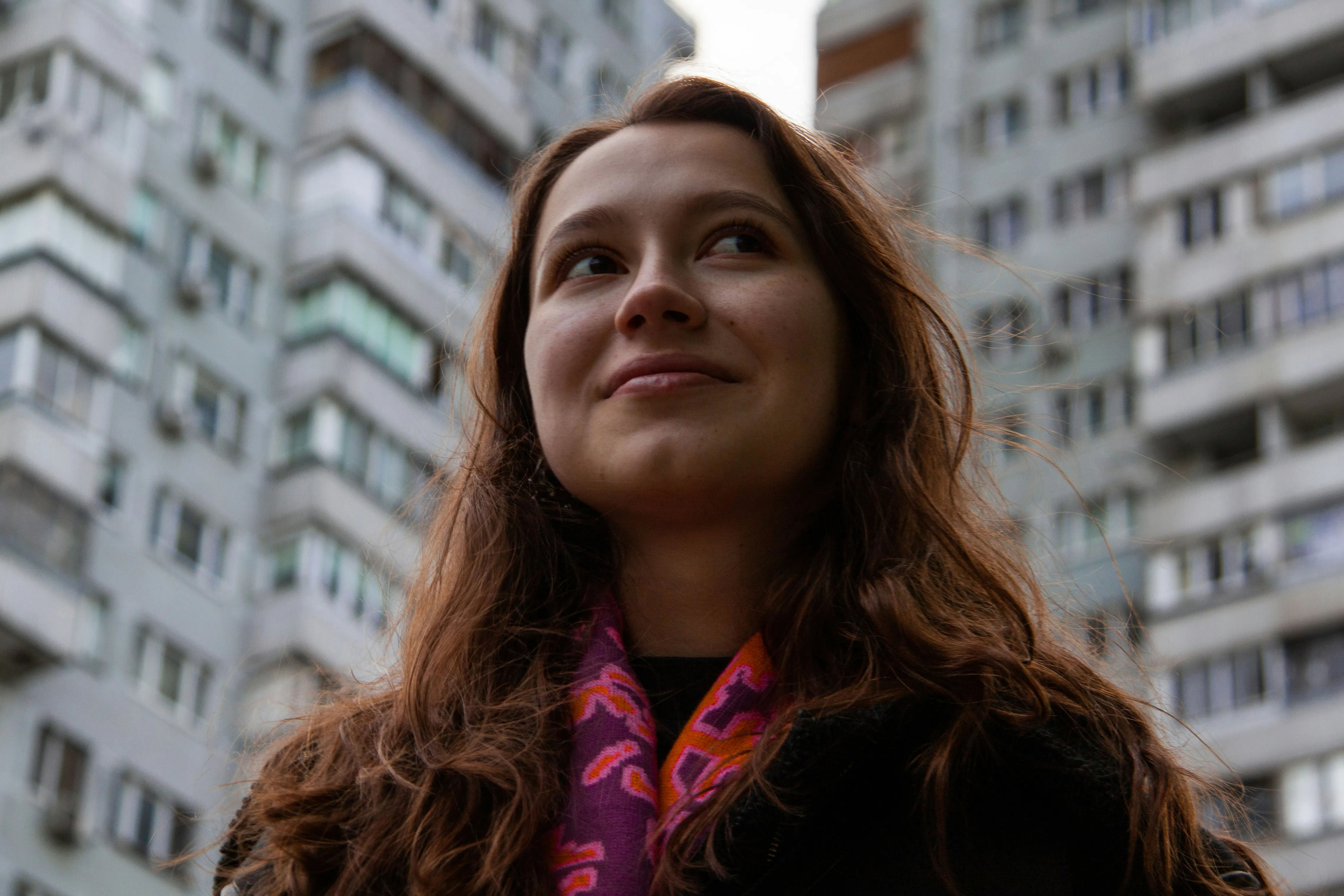The Basics of Transcendental Meditation
By
February 9, 2019

Transcendental Meditation is a meditation technique introduced in 1958 by Maharishi Mahesh Yogi. It is a simple, natural, relatively effortless meditation technique where the mind can easily and naturally look into the source of thought and achieving the settled state of the mind which is known as the Transcendental Consciousness. It is said to be the pure consciousness which is the source of all creative processes in the human mind.
Transcendental Meditation’s origins can be traced back sometime in 1955 when the Indian ascetic Maharishi Mahesh Yogi started teaching a new meditation technique that he said was derived from the Vedas. Maharishi had previously studied with Swami Brahmananda Saraswati. Maharishi even served as his secretary from 1941 until Saraswati’s death in 1953. It was sometime in 1957 that Maharishi began the Spiritual Regeneration Movement in Madras, India, at the conclusion of a festival that was held in remembrance of his deceased teacher. Maharishi then began going on a number of worldwide tours promoting and disseminating his technique sometime in 1958.
Maharishi started to plan on establishing one TM (Transcendental Meditation) teaching center for each million of the world’s population in 1978. During that time, it would mean having to build about 3,600 TM centers throughout the world. Since then, Maharishi has continued the teaching of Transcendental Meditation from the Netherlands through an organization called the Global Country of World Peace. This organization has reported that over six million people all over the world have learned the Transcendental Meditation technique since it was introduced.
The Transcendental Meditation technique is taught in a standardized, seven-step process. The process is composed of two introductory lectures, a personal interview, and a two-hour meditation instruction session given on each for four consecutive days. The instruction starts with a short ceremony that is performed by the teacher. After that, the student is taught and starts practicing the technique. The following sessions are given in order to provide further enhance the correct practice of the meditation technique as well as to provide more information that the student might need to know about.
The goal practicing the Transcendental Meditation technique is, according to Maharishi, to achieve enlightenment. He states that enlightenment comprises of seven major states of consciousness. The first three are commonly known as waking, dreaming, and deep dreamless sleep. The fourth state, Transcendental Consciousness, is said to be achieved and experienced during the practice of the technique.
Maharishi says that a person who practices Transcendental Meditation will eventually learn how to maintain the experience of transcendental consciousness even while living everyday life. This is what he refers to as enlightenment and calls it as the Cosmic Consciousness, the fifth state of consciousness. The sixth and seventh states, the God Consciousness and Unity Consciousness, are further improvements of the Cosmic Consciousness.
Transcendental meditation can be practiced for as short as 15ñ20 minutes in the morning and evening. It is usually done while sitting comfortably with the eyes closed. While undergoing Transcendental Meditation, a person’s awareness starts to settle down and begins to experience a unique state of relaxing alertness. As the body further becomes deeply relaxed, the mind begins to transcend all mental activity in order to experience the simplest form of awareness, which is the Transcendental Consciousness. This is the state where the consciousness is open to itself. The meditation technique used is said to involve neither concentration nor contemplation.














